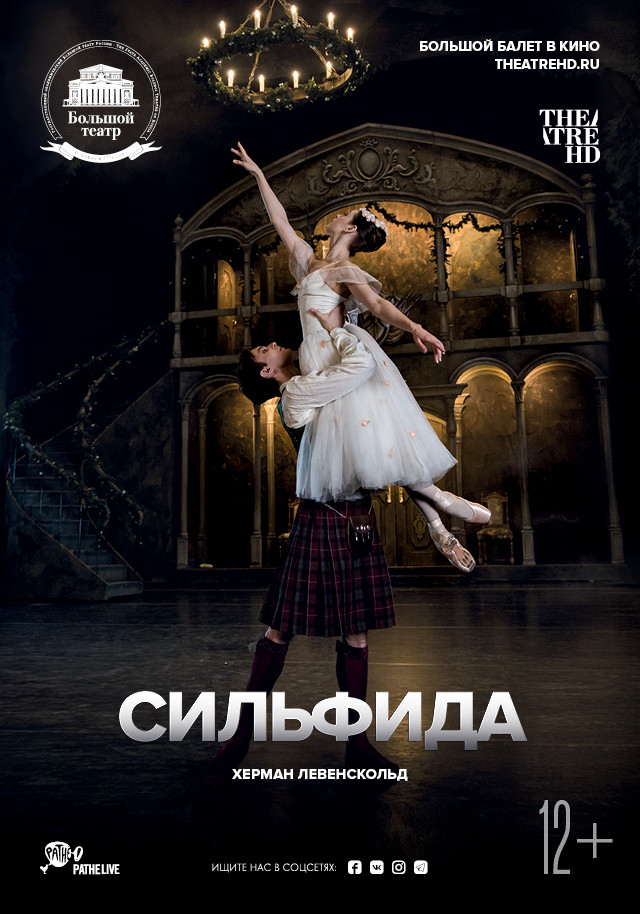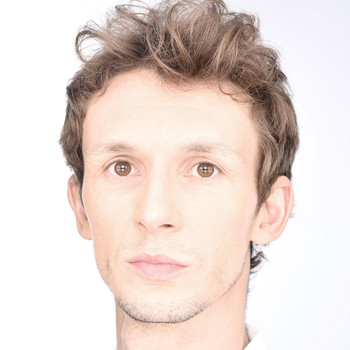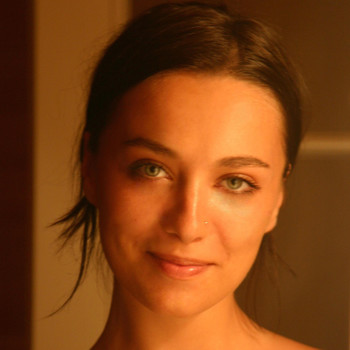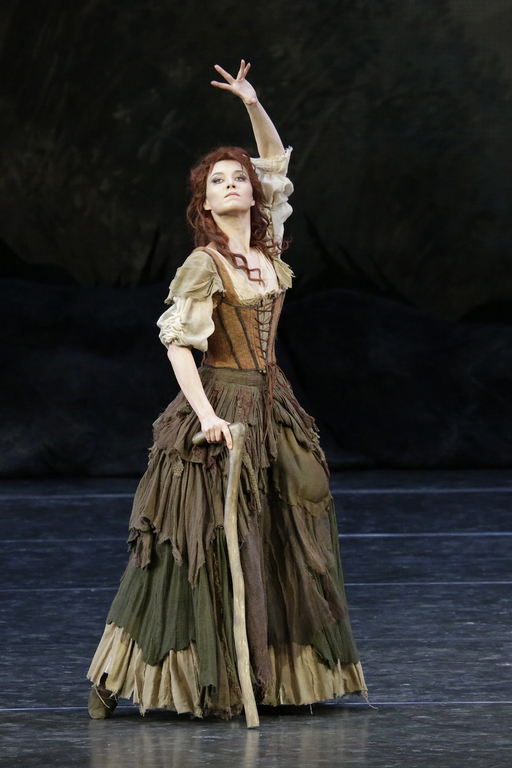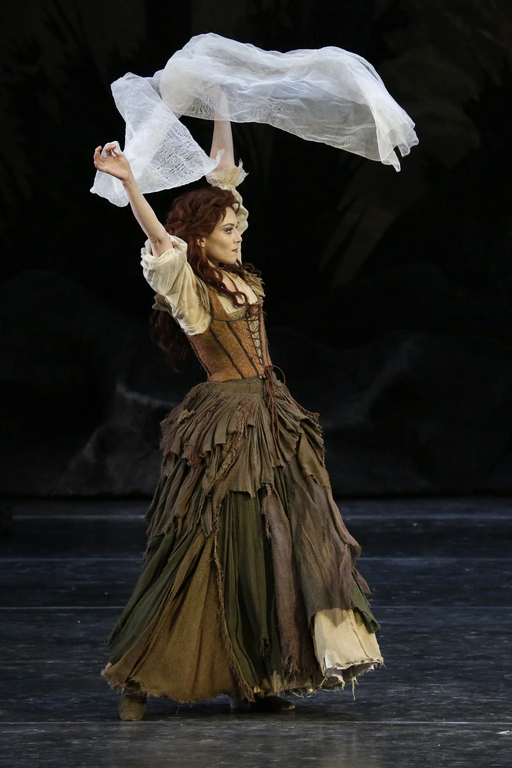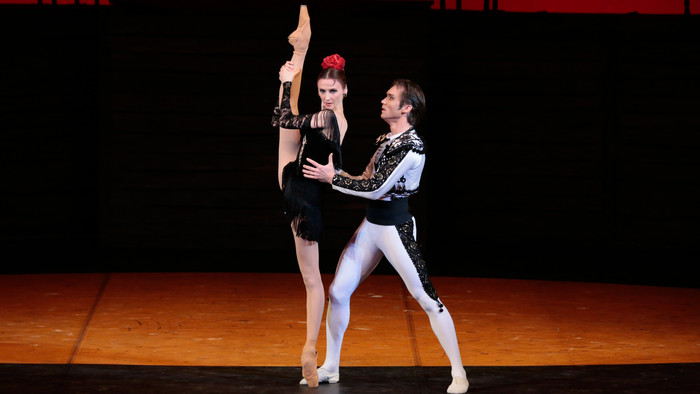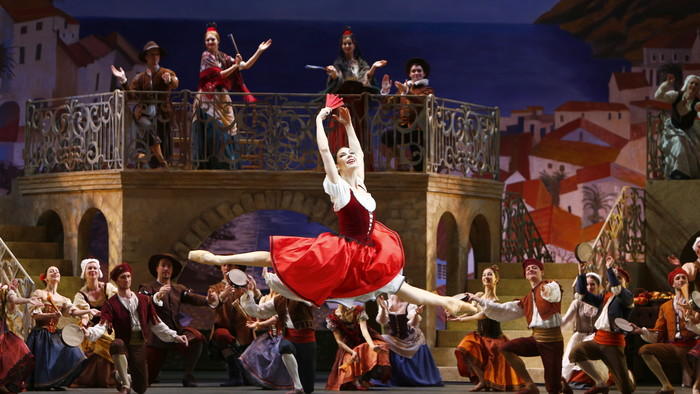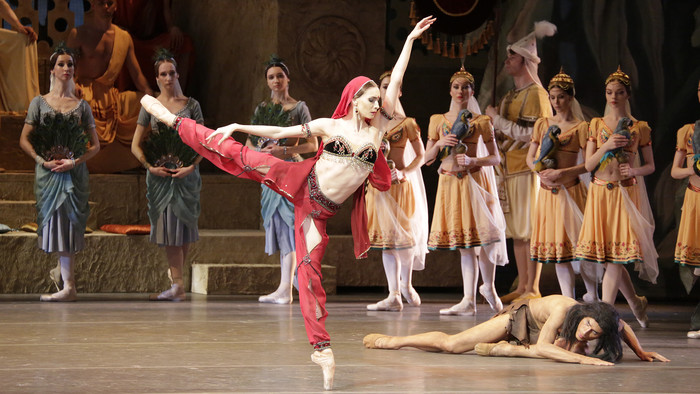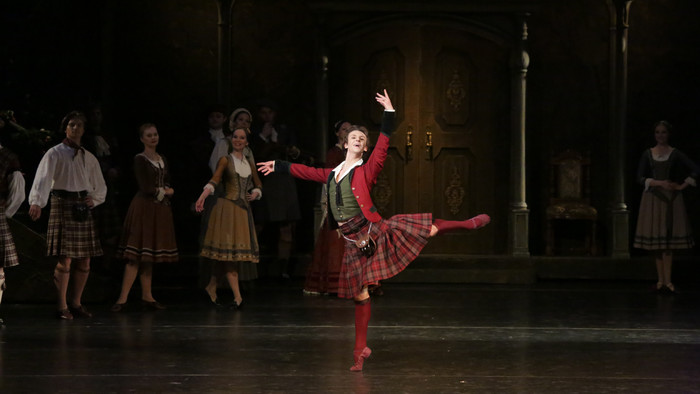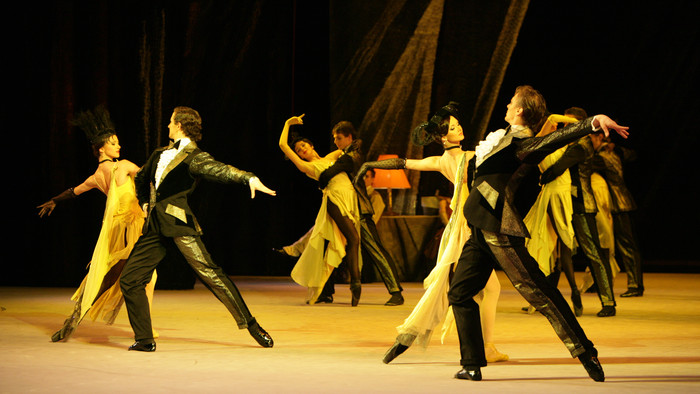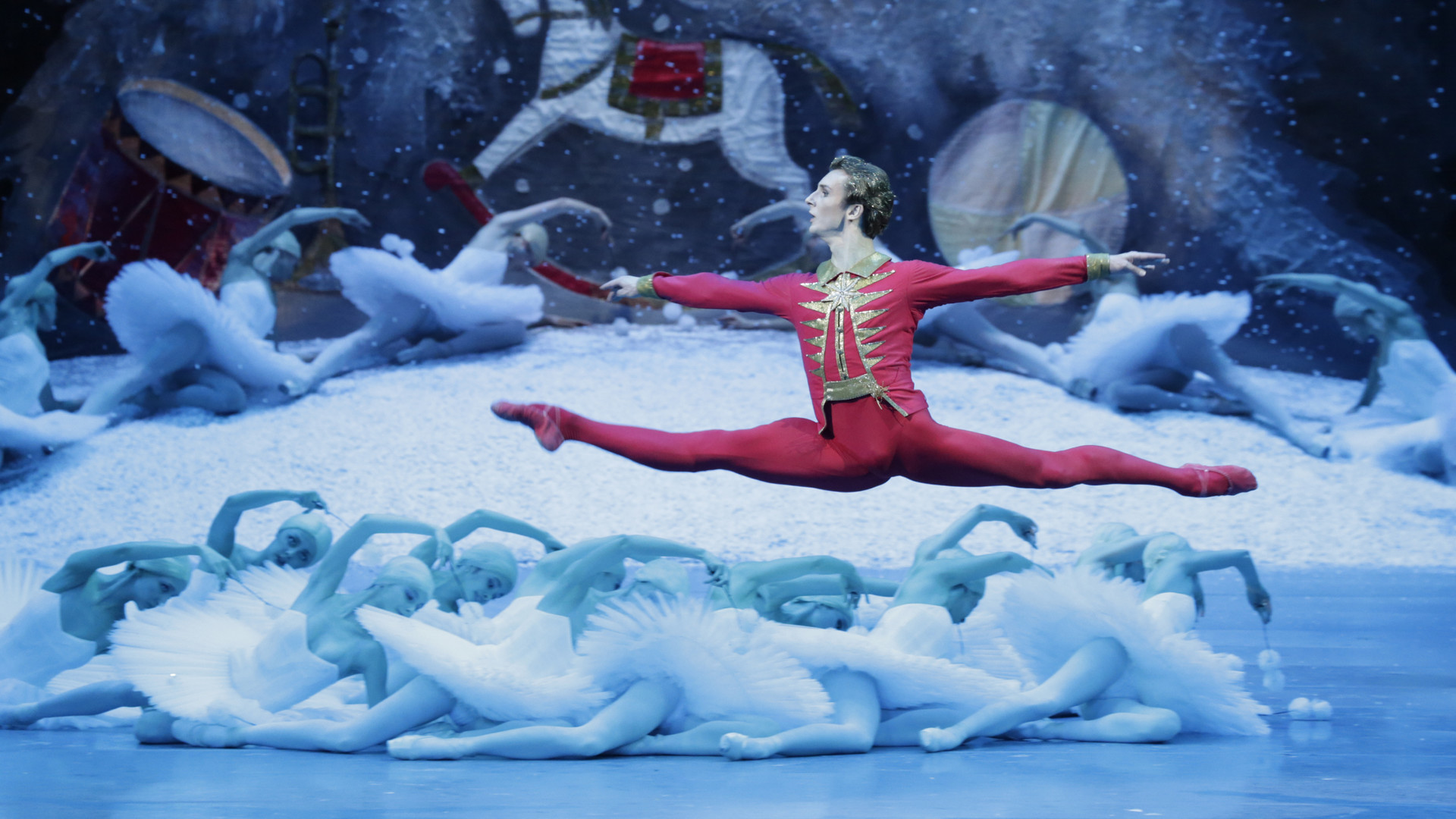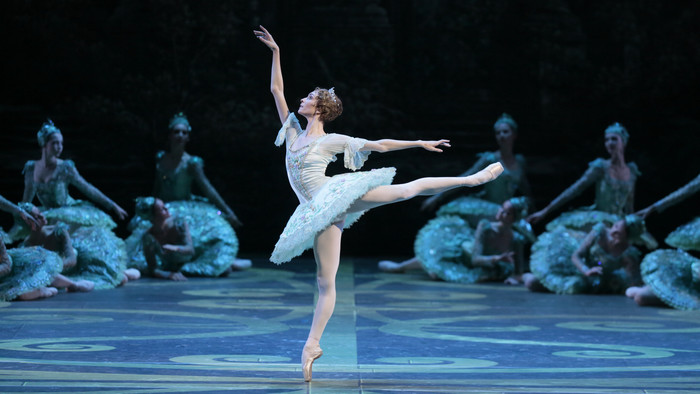This is a work which marks a turning point in the genre: first, it is the oldest of the classical ballets which are known today, second, the ballet of the same name marks the start of dancing on pointe, third, it is not fortuitous that it was in that ballet that the ballerina — Marie Taglioni, the first ballerina of the romantic era — was to rise on pointe, the sylphide, after all, is a maiden of the air.
La Sylphide — produced by the prima ballerina’s father Filippo Taglioni — was premiered in Paris in 1832. Two years later, it was seen by August Bournonville, the man who made the name of Danish ballet, who decided to do a version of it for his Company. He did not have enough money to acquire the rights to the score but, nothing daunted, he commissioned new music from a Danish composer. And so — in 1836 — the Danish La Sylphide which was to become famous the world over, saw the light of day. And, thanks to the reverent attitude to this ballet of generation after generation of Royal Danish Ballet dancers, it has been preserved for posterity.
This new production of Bournonville’s La Sylphide at the Bolshoi is by the Dane Johan Kobborg who is eminently qualified to do the job. He was trained to dance Bournonville’s works from the cradle. At 18, he was chosen as a model for a demonstration of the Danish ’designer label’ technique, to be recorded on video under the title The Bournonville Technique. He has danced in nearly all the Bournonville ballets which have come down to us and he became one of the world’s leading interpreters of the role of James in La Sylphide. Finally, he produced his own version of the ballet for London’s Royal Ballet and received an excellent press.
Johan Kobborg as Witch Madge. The Bolshoi Theatre. Photo by Elena Fetisova.
In 2000s when Johan Kobborg appeared as James in the Bolshoi’s old production of La Sylphide, he noted how difficult it was to dance to music with which he associated quite different movements. Today, these very same difficulties are being experienced by the Bolshoi dancers. But Maestro Kobborg states they are coping splendidly and continuously reiterates his surprise that nowhere in the world has he come across so many marvelous — and totally different to each other — Sylphides as there are at the Bolshoi.
Even the Bolshoi’s New Stage is bigger than the one for which Bournonville created his masterpiece. This proved to be a real headache for the choreographer who was out to convey both spirit and letter of the old ballet: how was he to take possession of this vast stage with Bournonville’s upward soaring, rather than horizontal, jumps? But with world famous scenographer Peter Farmer’s assistance, this hurdle has also been overcome. In Bournonville’s time, pantomime was already in decline. And he himself deleted many pantomime scene pages from his commissioned score (it was to become no less famous than its French counterpart). These deleted pieces of music, with detailed Bournonville descriptions of the scenes, were discovered just a few years ago and have been incorporated by Johan Kobborg into his version of the ballet.
Ekaterina Krysanova as Sylph. Yan Godovsky as James. Photo by Elena Fetisova.
When Johan Kobborg wrestles with the task of injecting the legs (plus other body parts and, most importantly, the heart) of Bolshoi dancers with the Bournonville style, he is not following the dictates of the current fashion for authenticism. Since dancing on pointecame into being, dancers have learnt too much to make it easy to dispense with the habit, especially in such a flight-filled ballet as this. The main thing is to tell the transfixing, romantic tale of how an ideal is beyond reach, of how the dream of a poet, even of a poet in peasant garb, can only be translated into reality at the cost of the loss, as in Sylphide’s case, of one’s wings. It is not for nothing that, throughout the ballet, James is unable to touch — literally speaking — the maiden of the air, and that the moment, thanks to evil spirits, this happens, she immediately dies.
Kobborg is a fine actor. And Kobborg is a personality. By investing his chief character with profound psychological tension not typical for the genre of the old ballet fairy tale, he manages to lift it to the level of high tragedy. The view that Bournonville gave equal rights to James as the hero of his ballet has long been a commonplace. But Kobborg has also contributed, via his dance and his production, to magnifying the importance of the role.
